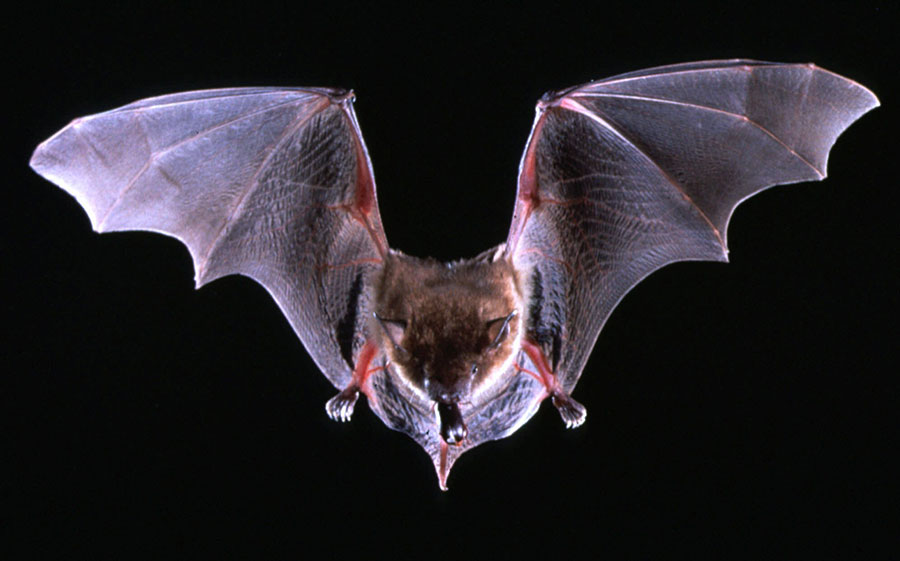A new study found that bats waggle their head to listen better to insects that are approaching. Scientists have trained several bats to hunt exclusively from where they are to collect essential data. They are investigating the way the brain integrates auditory information and vocalizations, and bats are a good way to start.
The research was published in the journal PLOS Biology on September 8 and shows bats waggled their heads, back and forth, to listen for approaching prey. The movements become more erratic as the insect flight becomes more complicated, proving the sound waves hit the bat’s ears differently while it is moving its head.

Study author Melville Wohlgemuth, a postdoctoral researcher at Johns Hopkins University at Baltimore, said when the bat waggles its head, the sound is going to be hitting the ears in different ways throughout that dynamic process, and the bat knows it, and it will use this to catch insects.
Scientists trained big brown bats (Eptesicus fuscus) to hunt while they lay on a platform to collect data and prove how movements can influence auditory information. Bats are used to fly and catch their prey, but Wohlgemuth said this new way of hunting makes these animals happy because they take advantage of every situation to save energy.
The team attached mealworms to fishing wire and moved the insect towards the bat in different patterns. They used simple ones, such as direct path towards the animal, or complex ones. For example, moving the mealworm towards the bat and then quickly retreated twice and towards the bat again.
Mr. Wohlgemuth said the head movements are explained by the correlation between difficult tasks and the growth in the dynamic behaviors. According to him, the head waggles are only part of a process that needs a lot of feedback because bats also make vocalizations, process the echoes, and respond to changes in motion and new vocalizations.
How do you study the bats’ movements and how does this relate to human brain’s integration process of auditory information and vocalization?
To analyze the bats’ movements, Wohlgemuth and his team put small reflective markers on each ear and the crown of the head of each animal. The reflective light then was used to reconstruct the movements later, using a process similar to motion capture, what video games makers use to create realistic characters.
The experiment relates to humans because bats are not the only mammals to move their head to improve their hearing skills. Human beings and other animals, such as dogs and cats, waggle their head to pinpoint sounds. According to Wohlgemuth, the brains of any animal with two ears can use information about how sounds hit the ears. Differentiating the sounds helps the animal to found where the sound is being produced. But in contrast to humans, bats have a remarkable hearing and localization capabilities.
Bats track insects and other prey by using echolocation because they cannot see very well. When using echolocation, bats produce sounds that bounce off solid objects, and this information is used by these animals to adjust their course and future vocalization to catch their food.
Source: Live Science
